Our world is filled with places that defy imagination—landscapes so unusual they seem plucked from dreams or distant planets. These surreal destinations challenge our perception of reality with their otherworldly features, strange formations, and mind-bending vistas.
Here is a list of 20 of the most surreal destinations worldwide. These destinations will transport you beyond the ordinary into realms that feel delightfully unreal.
Lake Hillier, Australia
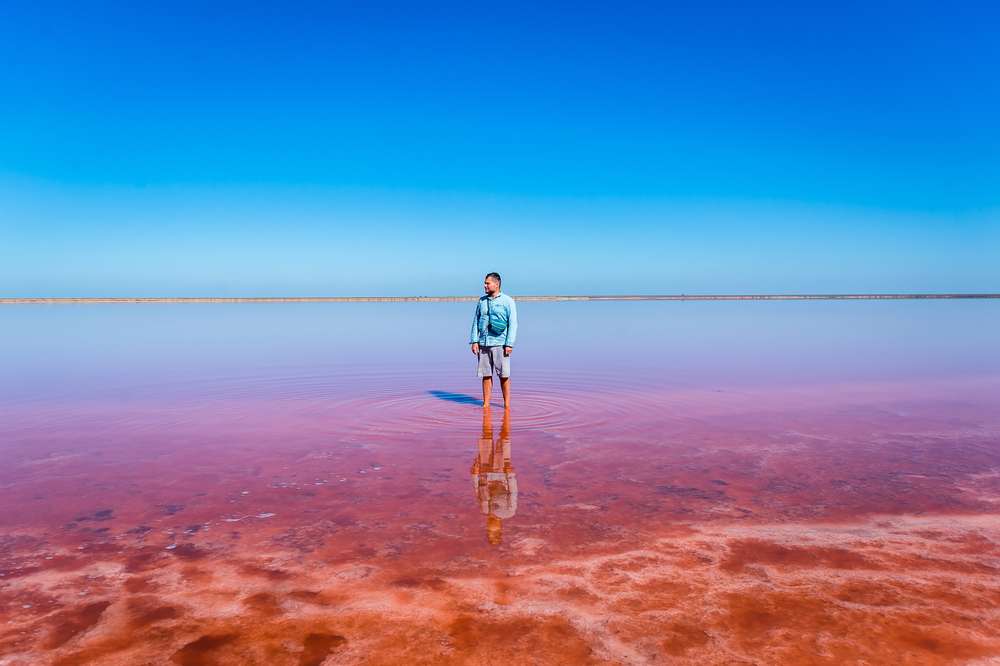
This striking pink lake on Middle Island looks like someone poured a giant bottle of bubble gum dye into the water. The lake maintains its vivid pink color year-round, even when water is removed and placed in a container.
Scientists attribute the extraordinary hue to algae, bacteria, and high salt concentration.
Salar de Uyuni, Bolivia
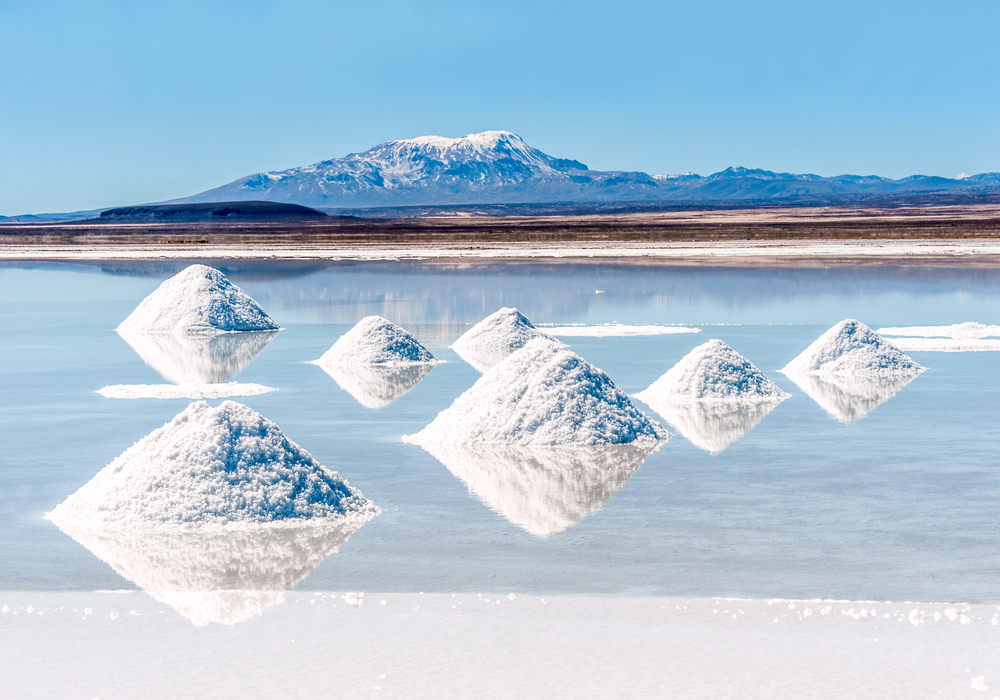
The world’s largest salt flat transforms into a perfect mirror when a thin layer of water covers its surface during the rainy season. The boundary between sky and earth disappears completely, creating the illusion of walking among the clouds.
At 4,086 square miles, this prehistoric lake bed contains over 10 billion tons of salt.
Like Travel Pug’s content? Follow us on MSN.
Zhangye Danxia, China
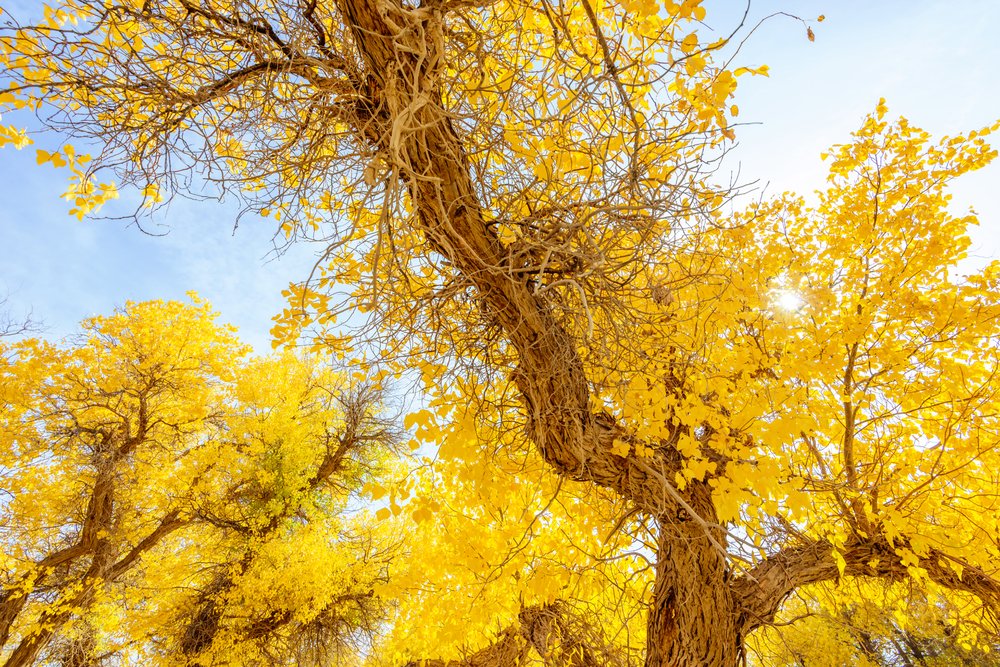
These rainbow mountains look like an artist dragged a wet paintbrush across the landscape. Layers of different colored sandstone and minerals were pressed together over 24 million years and then pushed up by tectonic plates.
Wind and rain sculpted the exposed bands of rock into the psychedelic patterns we see today.
Fly Geyser, USA
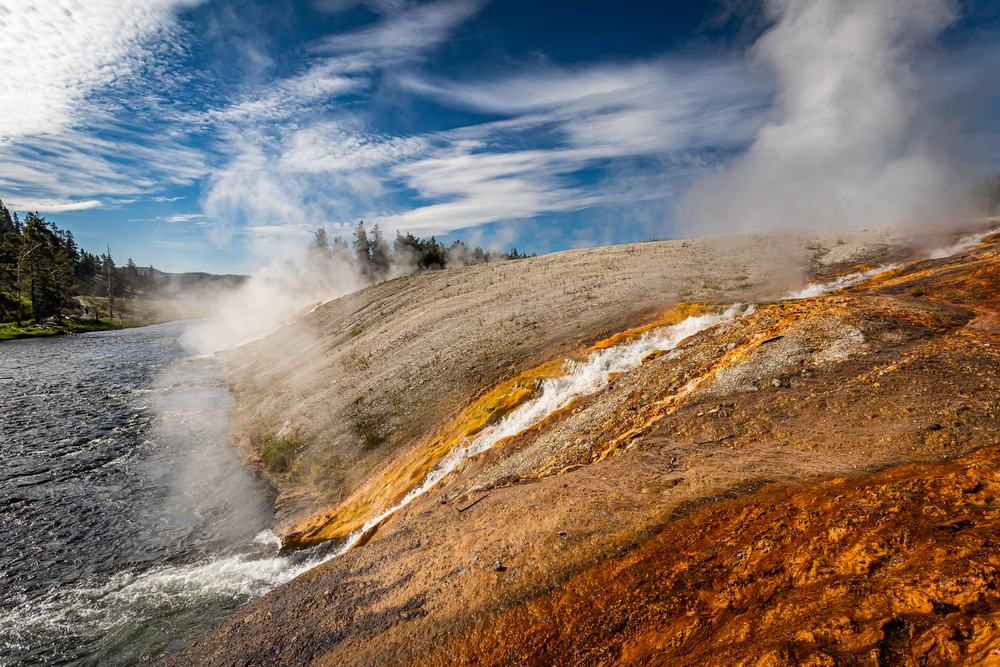
This accidental wonder in Nevada’s Black Rock Desert formed when a geothermal company drilled a test well and didn’t properly seal it. Minerals from the geothermal water accumulated over decades, creating multicolored mounds that continuously spew hot water.
The thermophilic algae on its surface creates a palette of reds and greens against the desert backdrop.
Naica Mine, Mexico
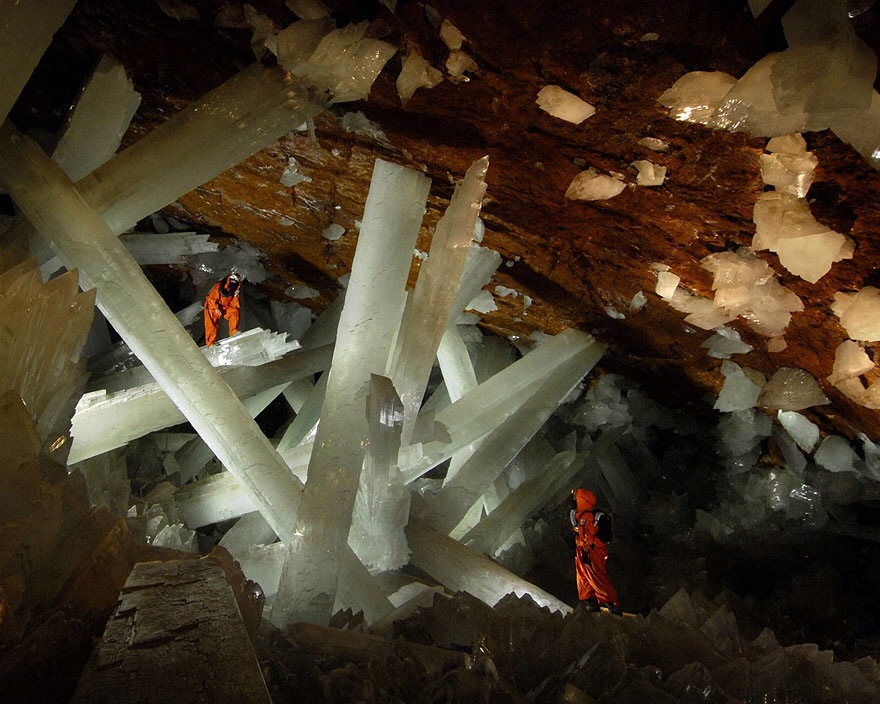
Hidden beneath the surface of this working mine are some of the largest crystals ever discovered. The Cave of Crystals contains selenite beams measuring up to 39 feet long and weighing 55 tons.
These translucent giants formed over half a million years in the extreme heat and humidity—conditions so intense that visitors require special cooling suits.
Like Travel Pug’s content? Follow us on MSN.
Waitomo Glowworm Caves, New Zealand
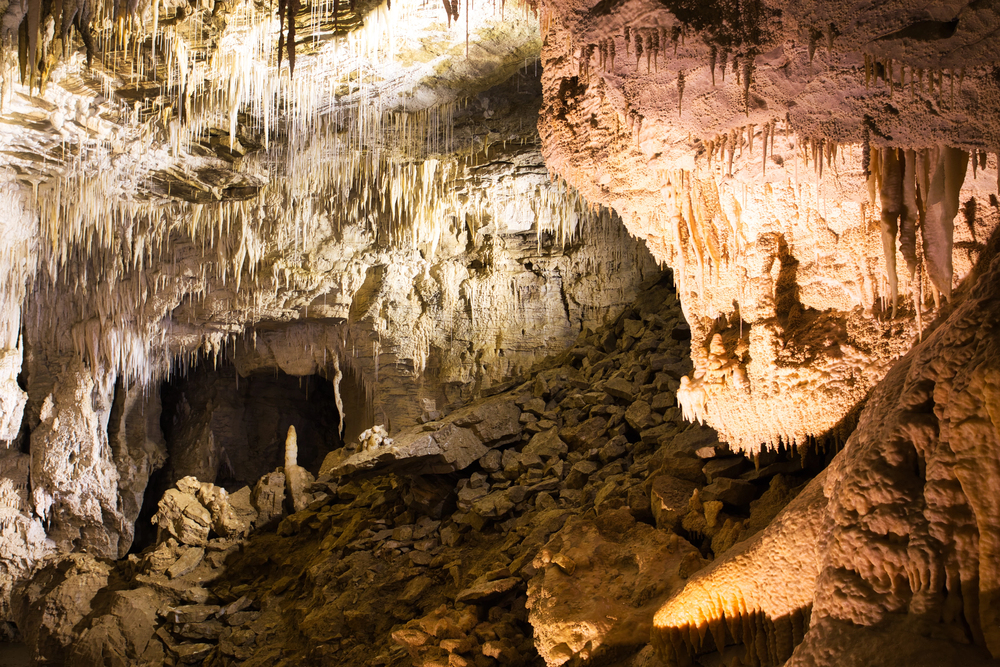
Thousands of tiny glowworms illuminate these ancient limestone caves, creating a living constellation on the ceiling. The arachnocampa luminosa species, unique to New Zealand, produces a blue-green light to attract prey.
Visitors float silently through the darkness on boats, gazing up at this natural light show.
Socotra Island, Yemen
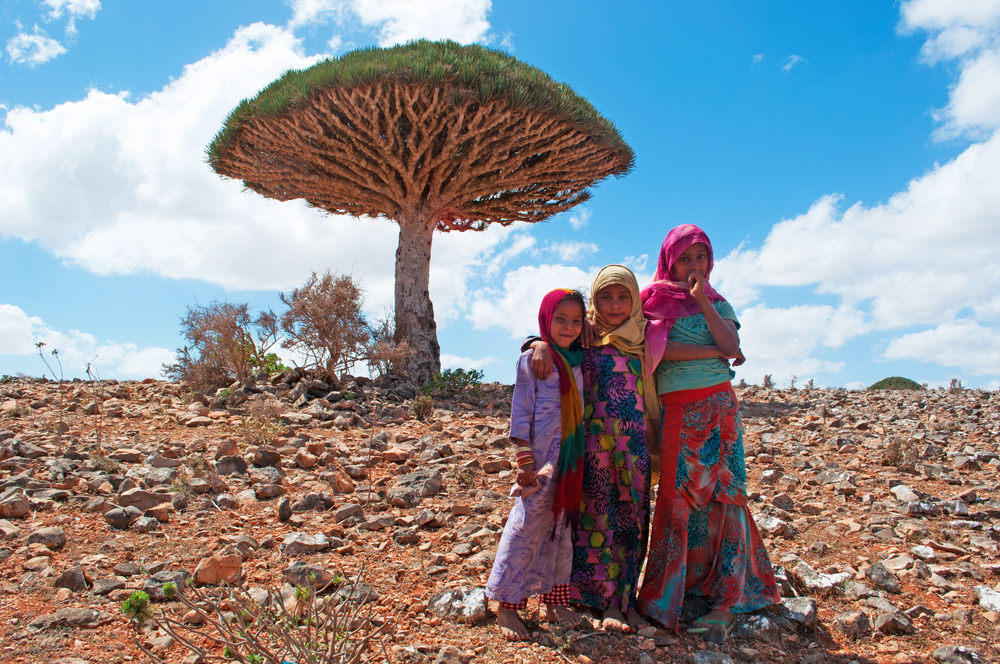
This isolated island evolved in splendid isolation for millions of years, developing some of the strangest-looking plants on Earth. The iconic dragon’s blood trees resemble inside-out umbrellas, while bottle trees feature bulbous trunks topped with spindly branches.
Nearly 37% of Socotra’s plant species exist nowhere else.
Giant’s Causeway, Northern Ireland
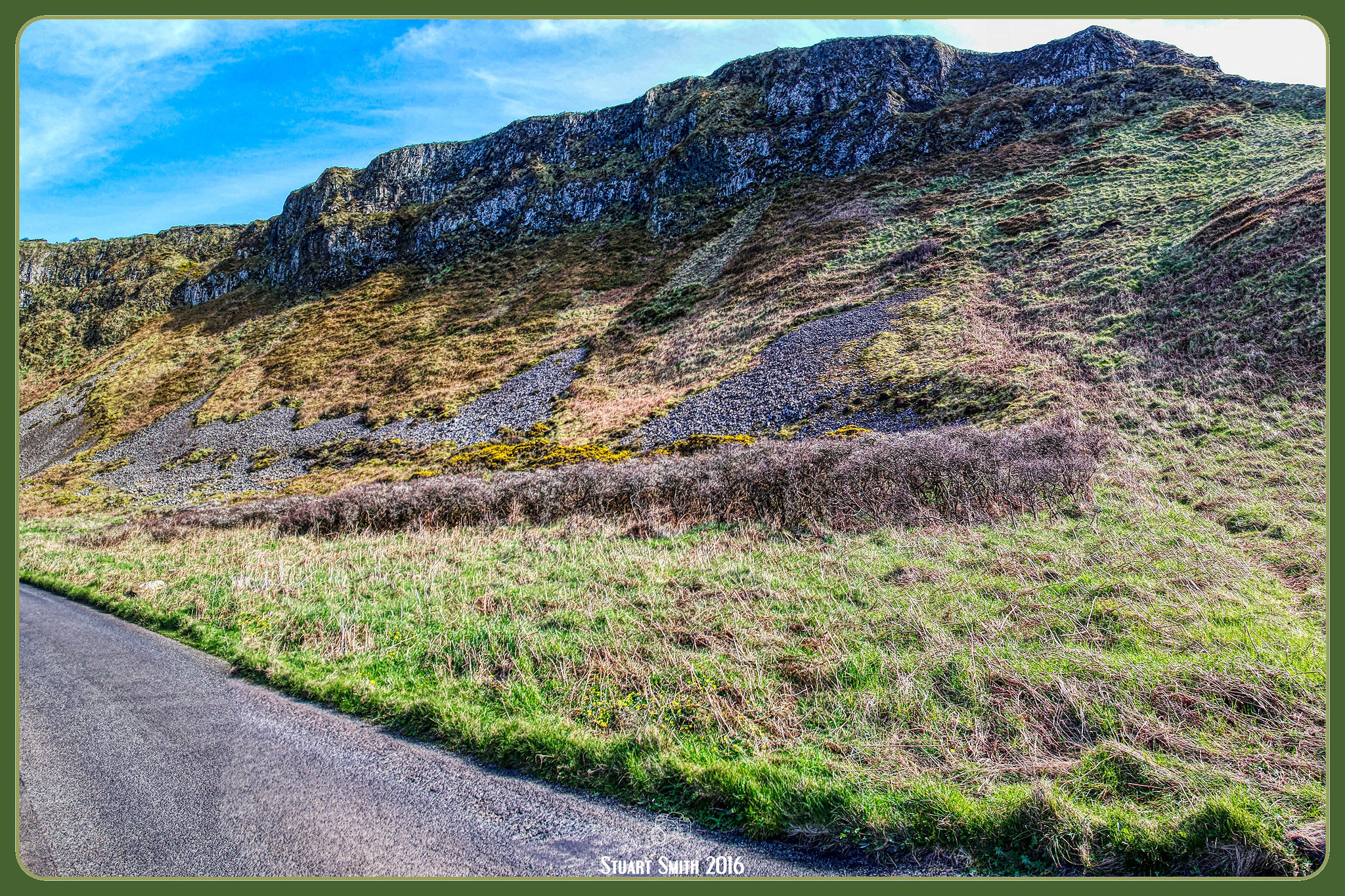
Around 40,000 interlocking basalt columns form a geometric landscape designed by architects rather than nature. These hexagonal columns resulted from an ancient volcanic eruption and the rapid cooling of the lava.
Local legends attribute the causeway to a giant who built it to fight a Scottish rival.
Like Travel Pug’s content? Follow us on MSN.
Spotted Lake, Canada
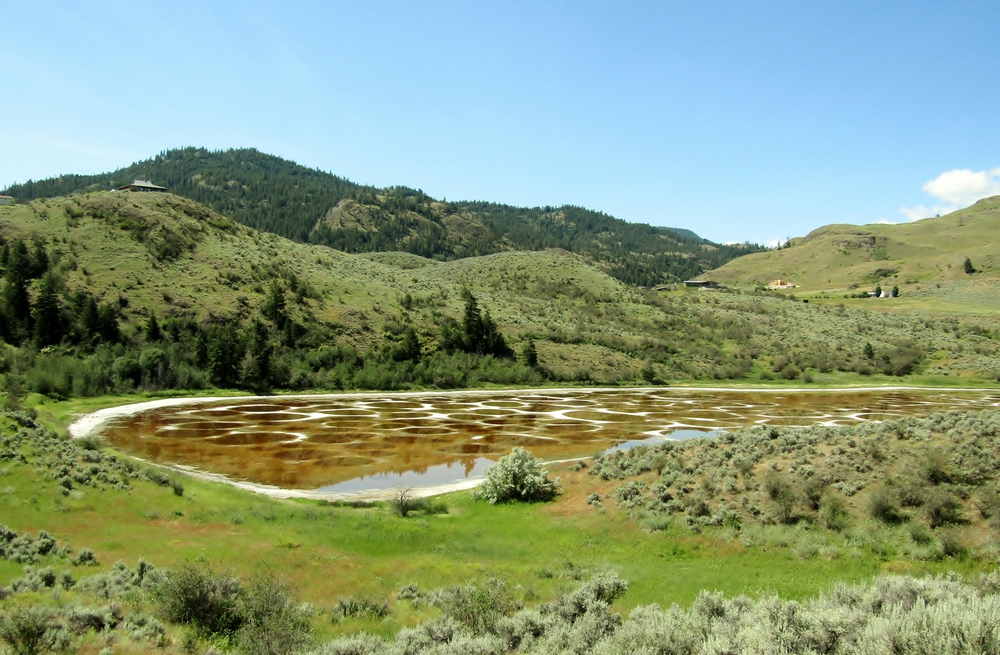
During summer, water in this mineral-rich lake evaporates, leaving hundreds of small, polka-dot pools in shades of yellow, green, and blue. The spots form due to concentrations of different minerals, including calcium, sodium, and magnesium sulfates.
Indigenous Okanagan people have considered this a sacred healing site for centuries.
Pamukkale, Turkey
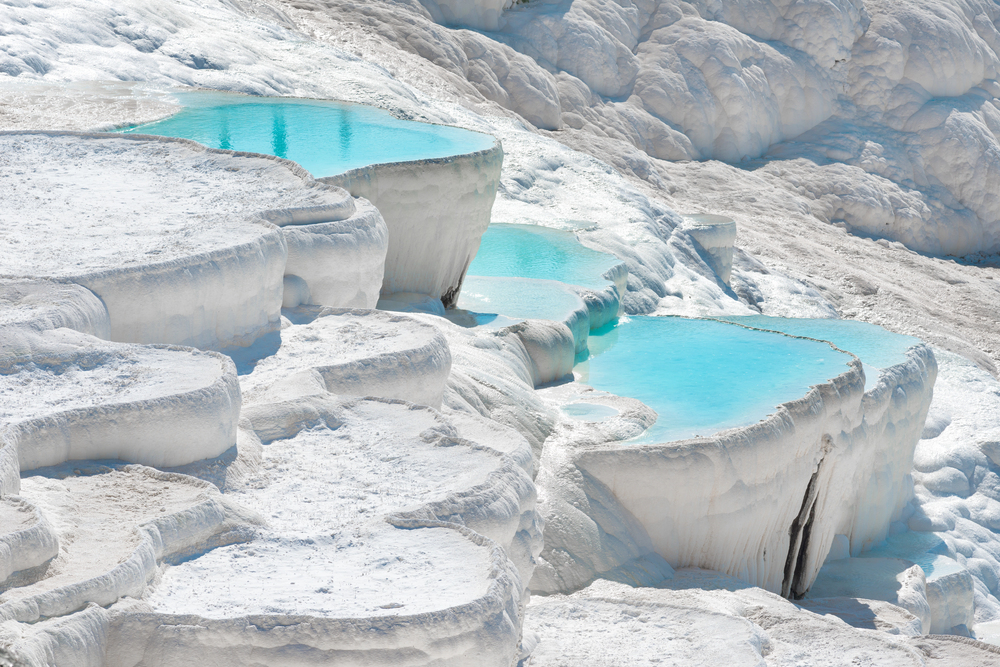
The name translates to ‘cotton castle,’ perfectly describing these white terraces of travertine filled with thermal waters. Calcium-rich springs cascade down the hillside, depositing calcium carbonate that hardens into these pristine pools.
Ancient Romans built the city of Hierapolis around these formations to harness the therapeutic properties of the mineral-laden waters.
Crooked Forest, Poland
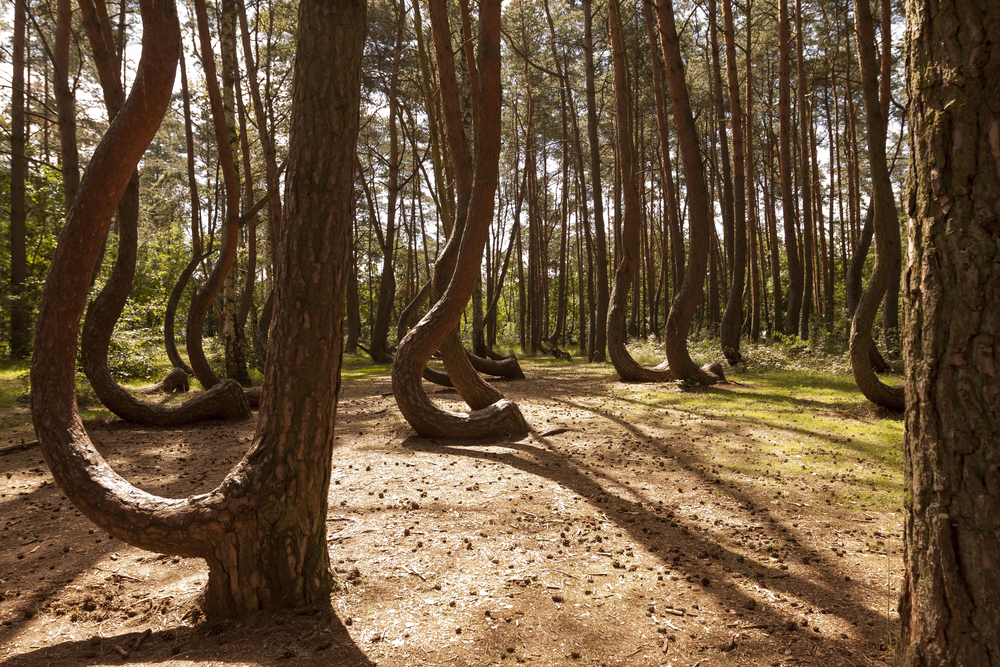
Nearly 400 pine trees grow with a 90-degree bend at their base before curving upward toward the sky. All the trees point in the same northward direction and were likely manipulated by human intervention in the 1930s.
The purpose behind creating these J-shaped trees remains a mystery, though some speculate they were intended for shipbuilding.
Like Travel Pug’s content? Follow us on MSN.
Rio Tinto, Spain
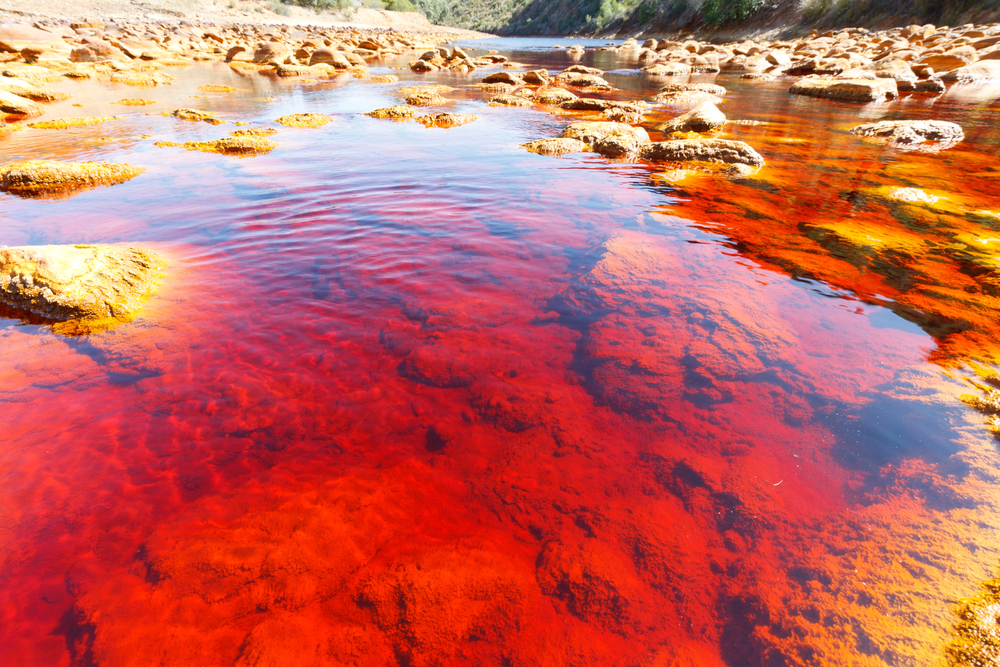
This river runs blood-red due to its high mineral content, which resulted from centuries of mining activity. The water contains so much iron and heavy metals that scientists once considered it too toxic for life.
Remarkably, extremophile microorganisms thrive in this acidic environment, leading NASA to study the river as an analog for potential life on Mars.
Lake Natron, Tanzania

This alkaline lake’s caustic waters can burn the skin of animals not adapted to it. The water’s high pH comes from the sodium carbonate and minerals from the surrounding hills.
The lake appears red from the cyanobacteria and serves as the main breeding ground for lesser flamingos unaffected by the harsh conditions.
Cappadocia, Turkey
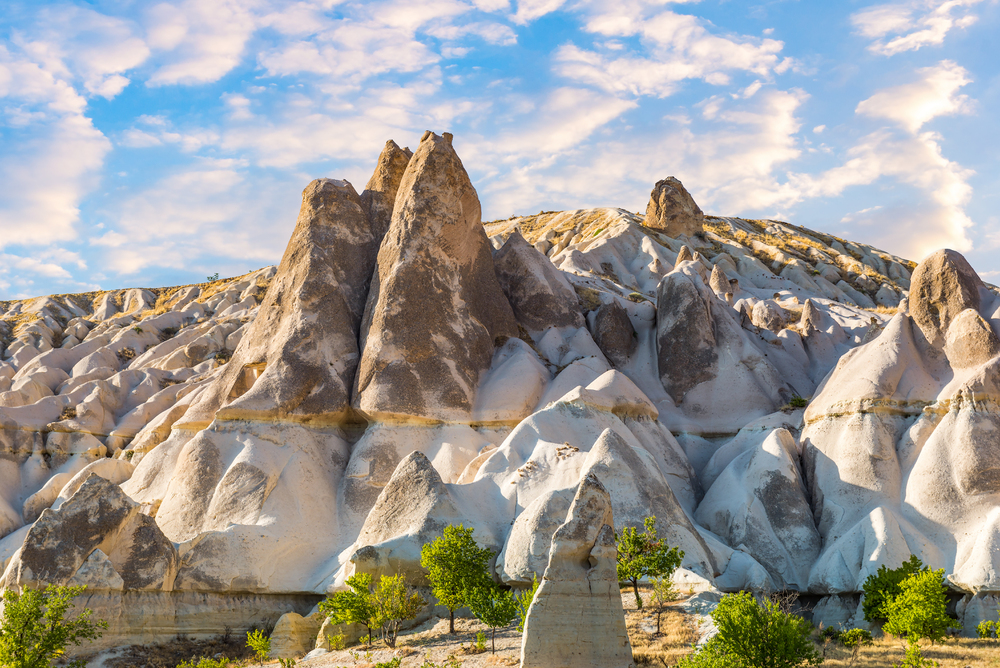
Erosion shaped the soft volcanic tuff in this region into thousands of cone-shaped rock formations known as ‘fairy chimneys.’ Early Christians carved elaborate churches, monasteries, and underground cities into these formations.
Today, visitors can stay in cave hotels and float over the lunar landscape in hot balloons at sunrise.
Like Travel Pug’s content? Follow us on MSN.
Chocolate Hills, Philippines

Over 1,200 perfectly cone-shaped hills spread across the island of Bohol, covered in grass that turns chocolate brown during the dry season. These uniform mounds, standing between 100 and 400 feet tall, formed when sea coral deposits were lifted by tectonic activity and eroded by rainwater.
Local legends offer more colorful explanations, including giants throwing stones during a fight.
Glass Beach, USA

Decades of residents dumping garbage on this California shoreline inadvertently created something beautiful. Ocean waves gradually broke down the discarded glass bottles into smooth, colorful pebbles that now blanket the shore.
Nature transformed human waste into a rainbow-colored beach that glitters in the sunlight.
Door to Hell, Turkmenistan
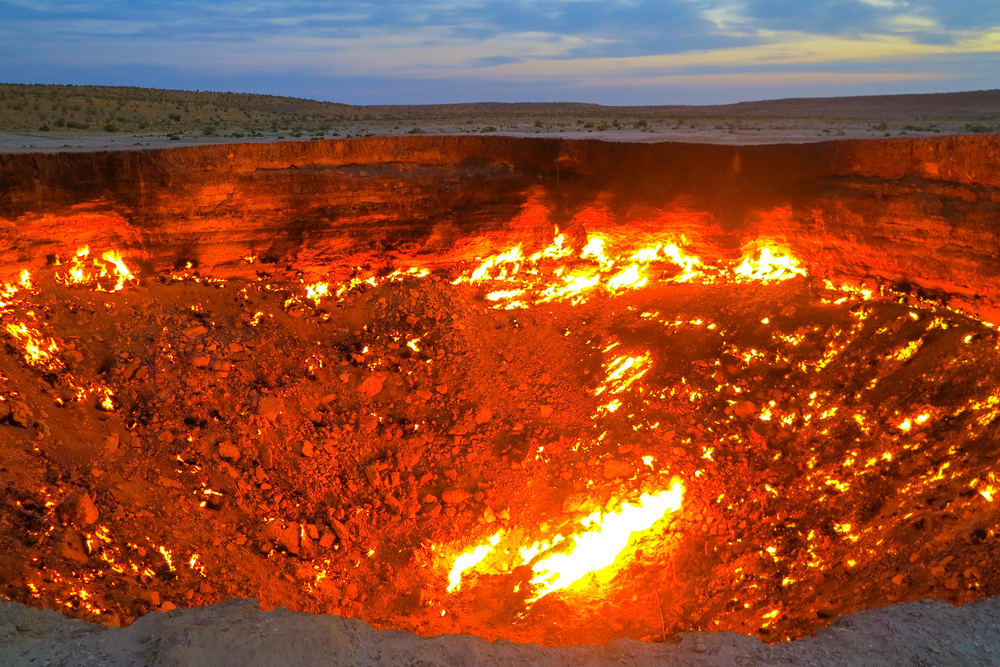
This fiery crater has been burning continuously since 1971, when Soviet geologists set it alight to prevent the spread of natural gas. Engineers expected the fire to burn out in weeks, but it has blazed for over 50 years.
The 230-foot-wide crater illuminates the desert night with its eerie glow, attracting adventurous travelers to witness this accidental inferno.
Like Travel Pug’s content? Follow us on MSN.
Tunnel of Love, Ukraine
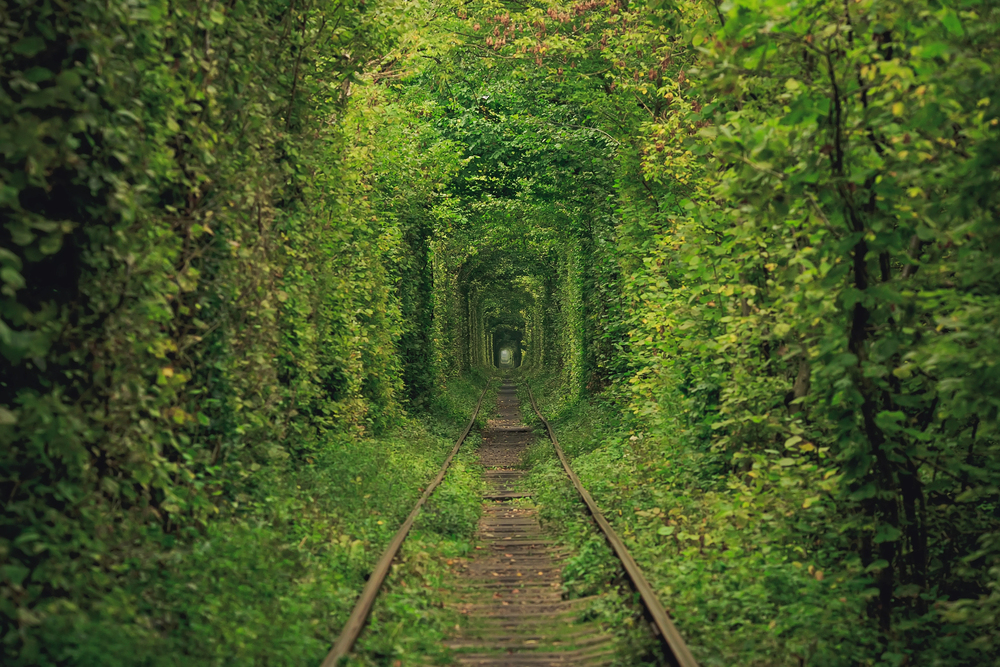
This lush green tunnel formed naturally as trains traveling to a factory shaped the trees and vegetation around the tracks. The leafy corridor extends for about 3 miles and changes appearance with the seasons.
Local legend says couples who visit the tunnel and make a wish will find their wishes granted, especially if they’re related to matters of the heart.
Marble Caves, Chile
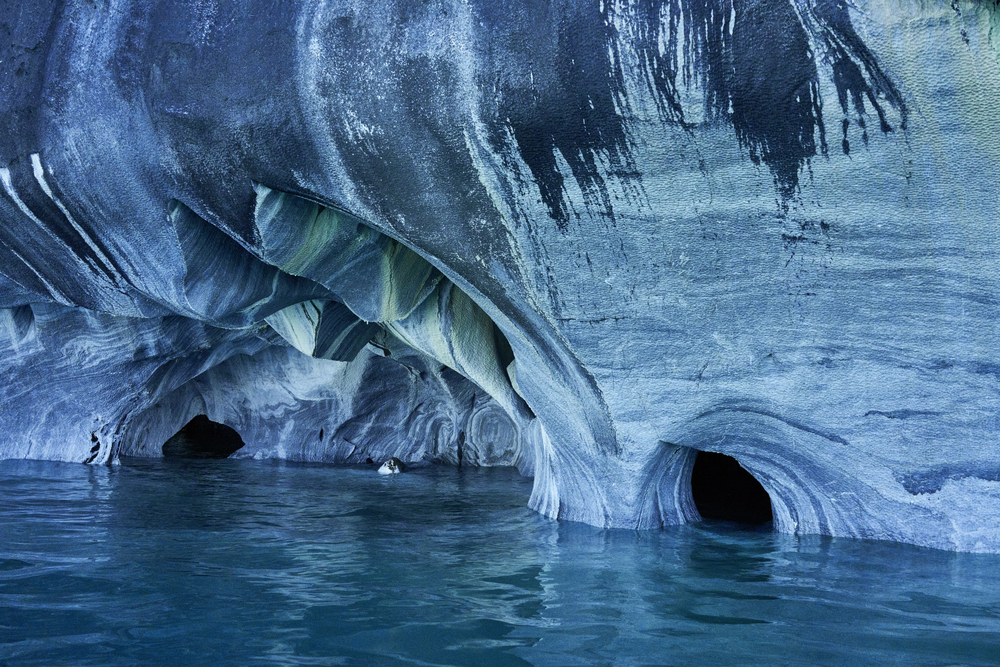
The swirling blue patterns on these cave walls result from 6,000 years of lake waves washing against the calcium carbonate. The water reflects the marble, creating an ever-changing light show of turquoise and azure hues.
Visitors can only reach these caves by boat or kayak when Lake General Carrera’s water levels are low enough to permit entry.
Bamboo Forest, Japan
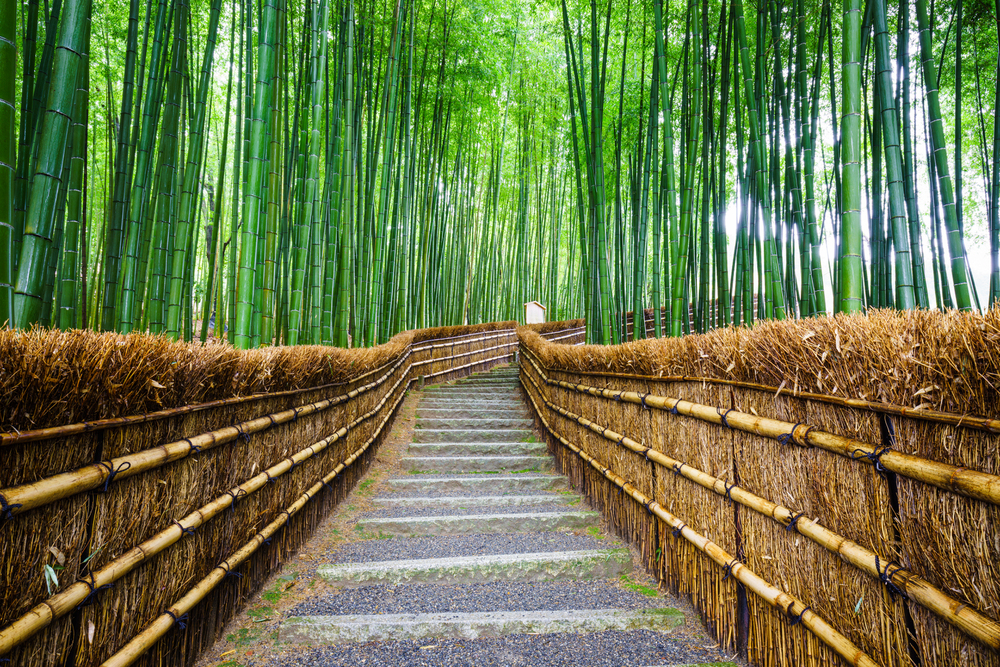
Thousands of soaring bamboo stalks create an otherworldly grove in Kyoto’s Arashiyama district. The tall, slender plants filter sunlight into green-tinged rays while the stalks make an ethereal rustling sound as they sway in the breeze.
The Japanese government recognizes this soundscape as part of the country’s cultural heritage.
Like Travel Pug’s content? Follow us on MSN.
Wonders Beyond Reality

These surreal destinations remind us that our planet possesses magic far stranger than fiction. From geological oddities to biological curiosities, Earth’s most unusual landscapes challenge our understanding of what’s possible in the natural world.
They invite us to travel physically and beyond our mental boundaries and appreciate the extraordinary diversity of our planet’s environments.
More from Travel Pug

- 20 Destinations That Were Once Thriving but Are Now Quietly Disappearing
- 13 Destinations Where Tourists Regularly Regret Their Trip
- 20 Once-Popular Beach Towns That Are Now Ghostly Empty
- 10 Under-the-Radar Mountain Towns That Are Both Affordable and Beautiful
- Take a ‘Learning Vacation’ in These 20 Extraordinary Places
Like Travel Pug’s content? Follow us on MSN.
